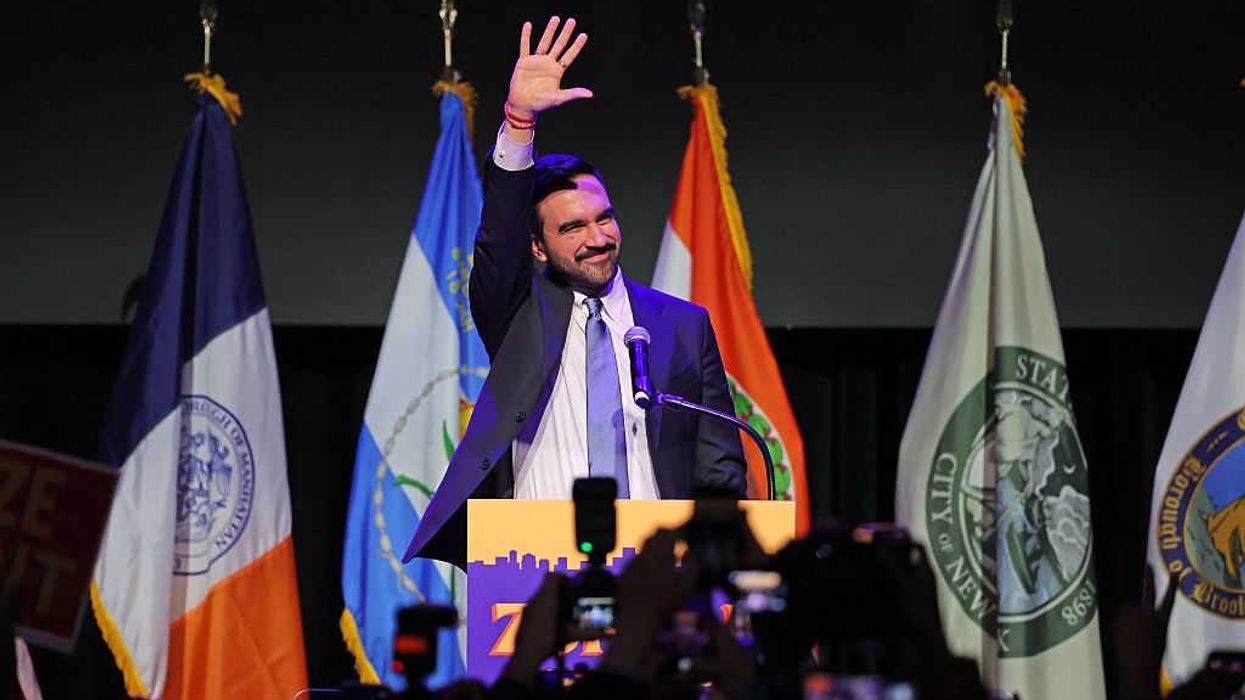Glenn gives the latest coronavirus numbers, updating YOU on everything needed to know as Americans and officials monitor China's new COVID-19 virus:
Daily Stats as of 5:30 AM CT (from John's Hopkins)
- Total Confirmed Cases Worldwide: 110,617 (up from 100,242 Friday)
- Total Confirmed Deaths Worldwide: 3,831 (up from 3,408 Friday)
- 62,397 Patients Have Recovered from COVID-19 Worldwide
- 109 Countries Have Confirmed Cases (up from 94 Friday) 4 more have Suspected Cases
- 13% of Confirmed Cases are considered Serious (Requiring Hospitalization, down from 16% Friday), with 4% requiring ICU
- US has 554 Confirmed Cases, and now 22 Deaths
- Confirmed Cases in the 27 US States, with 6 More Tracking Suspected cases
- Travel in and out of the area, as well as within the area, will only be possible in response to "duly verified professional requirements, emergency situations, or for health reasons"
- Places of worship remain open, provided that the safety distance of at least 1 meter is respected, but religious ceremonies (marriage, baptism) are prohibited until further notice
- People with symptoms of respiratory disease and fever of 101 Farenheight or above are strongly encouraged to stay at home and limit social contact as much as possible, including with their doctor
- Avoid gatherings if at all possible
- All schools and universities must be closed
- All museums and places of culture will be closed
- All cultural, religious or festive events are suspended
- Cinemas, pubs, theaters, dance schools, game rooms, casinos, nightclubs and other similar places shall remain closed
- All sporting events and competitions are suspended
- Ski resorts are closed until further notice
- Swimming pools, sports halls, thermal baths, cultural centers, gyms and wellness centers must suspend their activities
- Bars and restaurants can remain open from 8 a.m. to 6 p.m. provided they respect the safety distance of at least 1 meter between customers - this provision also concerns other commercial activities
- Shopping centers and department stores must remain closed on public holidays and the days preceding them
- Nationally, as in the Northern provinces, all cinemas, theaters, museums, pubs, game rooms, dance schools, discos and other similar places will be closed until further notice
- Dr. Richard Hatchett stated in a news interview in the UK on March 7th: "This is the most frightening disease I've ever encountered in my career, and that includes Ebola, it includes MERS, it includes SARS...It's frightening because of the combination of infectiousness and a lethality that appears to be manyfold higher than flu."
- "There were three cases identified in Italy just two weeks ago. Today there are over 7,000."
- "I don't think it is a crazy analogy to compare this to World War II. The World Health Organisation is using those kinds of terms. They have seen what this virus is capable of doing."
- Dr Hatchett joined other Epidemiologists in warning not to compare COVID-19 to the seasonal flu. "It's at least two to three times more infectious and at least 10 times as deadly... There is no comparison."
- The World Health Organization has launched a website to combat myths about COVID-19 circulating online.
- Among the myths being busted:
- No, eating raw garlic will not prevent Coronavirus infection.
- No, taking a really hot bath will not prevent infection or kill Coronavirus.
- Likewise, Cold and Snow are not cold enough to kill Coronavirus.
- Coronavirus cannot be spread by mosquito bites.
- No, hand dryers and hair dryers do not get hot enough to kill Coronavirus.
- No, spraying your body with Alcohol, Bleach or Hand Sanitizer will not kill Coronavirus already in your body.
- No, regularly rinsing your nose with Saline will not prevent Coronavirus infection.
- No, having sex with someone who had COVID-19 and has recovered will not prevent Coronavirus infection.
- No, pets cannot get sick from Coronavirus (note: study from Japan did indicate Dogs can be carriers of the virus, unknown if they can pass it to humans)
- In January, doctors at the CDC decided to reject the WHO standards for Coronavirus testing (noting the 30% false-negative rate seen in Chinese tests)
- Tests produced by the CDC in early February were designed to test for SARS-CoV-2 (virus that causes COVID-19) as well as SARS-CoV-1 (SARS) and MERS-CoV-1 (MERS) were faulty and had to be replaced.
- By today, March 9th, more than 2.2 Million new test kits will have been sent to regional laps and hospitals, according to the US Surgeon General
- Large scale testing is expected to dramatically increase the case count in the US. There are currently over 1,200 suspected cases across 33 states
- Senators Ted Cruz and Paul Gosar in self-quarantine after interacting with a man who later tested positive for COVID-19
- CPAC & ACU Chairman Matt Schlapp also interacted with the infected individual. Schlapp also appeared on stage and shook hands with President Donald Trump
- COVID-19 May burn itself out naturally.
- Farr's law was formulated by Dr William Farr in 1840 indicates that Epidemic outbreaks follow a bell-curve pattern.
- Almost all epidemics follow this pattern, including a sharp increase in cases at the beginning of the cycle, a peak, and then a decline in cases and a return to baseline.
- The pattern exists because human beings modify their behavior to avoid getting sick, and those who do get sick seek medical attention.
- China, which had its first cases in December, peaked in late January or early February, and now is in the decline of spread phase because of modified behavior (Quarantines, social distancing, medical care, etc).
- US is about 45-50 days behind where China sits, still in the 'up' phase of the Bell Curve.
- Farr's law indicates that our Peak in cases should be in April/early May, and then a decline through June/July.

 Europa Press News / Contributor | Getty Images
Europa Press News / Contributor | Getty Images
 ANGELA WEISS / Contributor | Getty Images
ANGELA WEISS / Contributor | Getty Images Eric Lee / Stringer | Getty Images
Eric Lee / Stringer | Getty Images